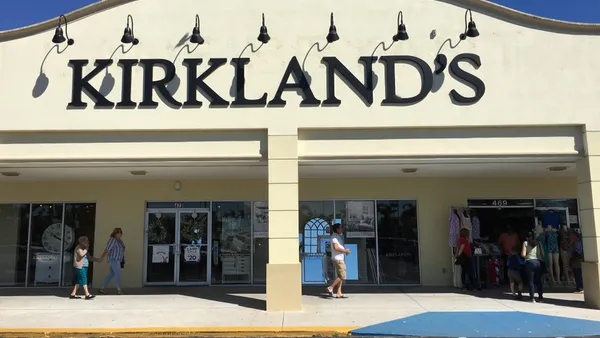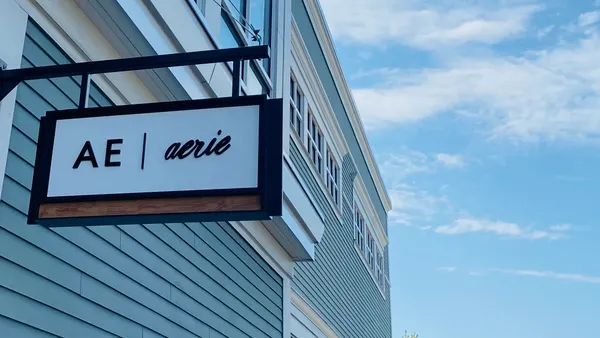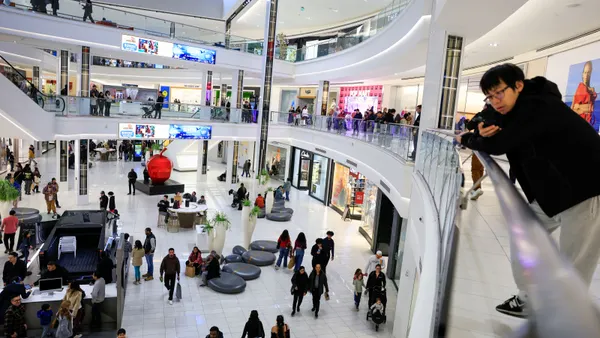Dive Brief:
-
Strong consumer spending in the first half of this year and solid prospects for the remaining six months have led the National Retail Federation to slightly boost its forecast for 2016 retail sales growth from 3.1% to 3.4%, the trade group said Tuesday.
-
Retail sales increased 4% year over year during the first half of 2016, the NRF said. Looking to the remainder of the year, the trade association anticipates that e-commerce and other non-store sales will rise 7% to 10% year over year, up from its previous 6% to 9% forecast for that category.
-
The NRF also expects gross domestic product to grow between 1.9% and 2.4%.
Dive Insight:
Like the United Kingdom's recent vote to exit the European Union—a largely unexpected development that has hit consumer sentiment hard enough to take a bite out of retail sales across the Atlantic—the tumultous U.S. presidential election could yet hurt retail this year, NRF chief economist Jack Kleinhenz warned Tuesday. But by and large, the first six months of 2016 are a harbinger of good things to come, according to the NRF.
“There are many factors that could prove to be hurdles but our overall outlook is optimistic,” Kleinhenz said in a statement. “Uncertainty surrounding the presidential election could make consumers more cautious, and the combination of a rising dollar and global slowdown have impacted exports, but other factors like favorable weather patterns that will help move winter merchandise support our outlook.”
There’s also less reason than ever for retailers to suffer ill effects from weather events, considering the technology they have at their disposal to plan inventories around long-term forecasts.
“The reality is the weather is more than an excuse, it’s a reason,” meteorologist and weather analytics expert Paul Walsh, VP of weather strategy and business meteorologist at The Weather Company, told Retail Dive after Winter Storm Jonas last year. “When it’s 70 degrees in New York, people aren’t going to buy a winter jacket, they just aren’t. But retailers can think about ways to strategize around that.”
Still, the weather did factor heavily in many retailers’ dismal reports in the first half of the year. Macy’s saw its worst quarterly sales since the recession (as the Wall Street Journal notes); once seemingly-invincible Nordstrom joined the fray with traffic and sales downturns; fast-fashion retailer Forever 21 is downsizing; and Kohl’s is struggling with its turnaround. Meanwhile, retailers like Target, which are seeing e-commerce grow handily, are also finding that channel more expensive to operate. That makes the NRF’s prediction for e-commerce growth a confounding good news/bad news situation.
Still, many off-price and discount retailers are thriving, including fast-fashion retailer H&M, dollar stores in general and the TJX Companies’ portfolio. And Amazon had a field day with its recent Prime Day sale, with global merchandise sales eclipsing last year’s event by more than 60% worldwide and more than 50% in the U.S.
“Economic indicators are showing positive trends for retail,” NRF President and CEO Matthew Shay said in a statement, citing the improved housing market, job growth, higher wages and other factors boosting consumer spending. “Challenges remain, with some greater than others depending on the retail category, but consumer confidence remains high and we believe that retail customers will continue the positive trends we have seen in the first two quarters of the year.”














